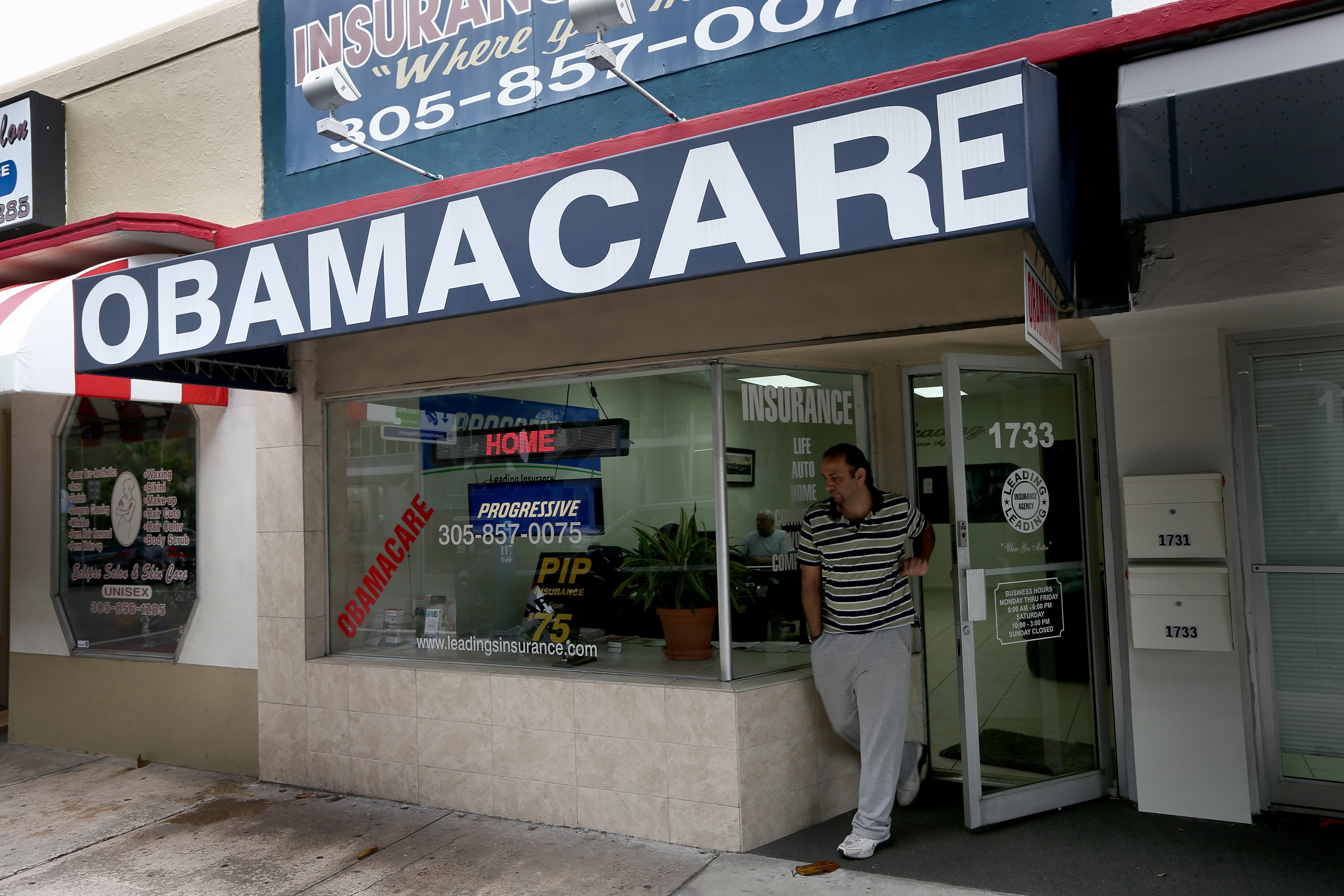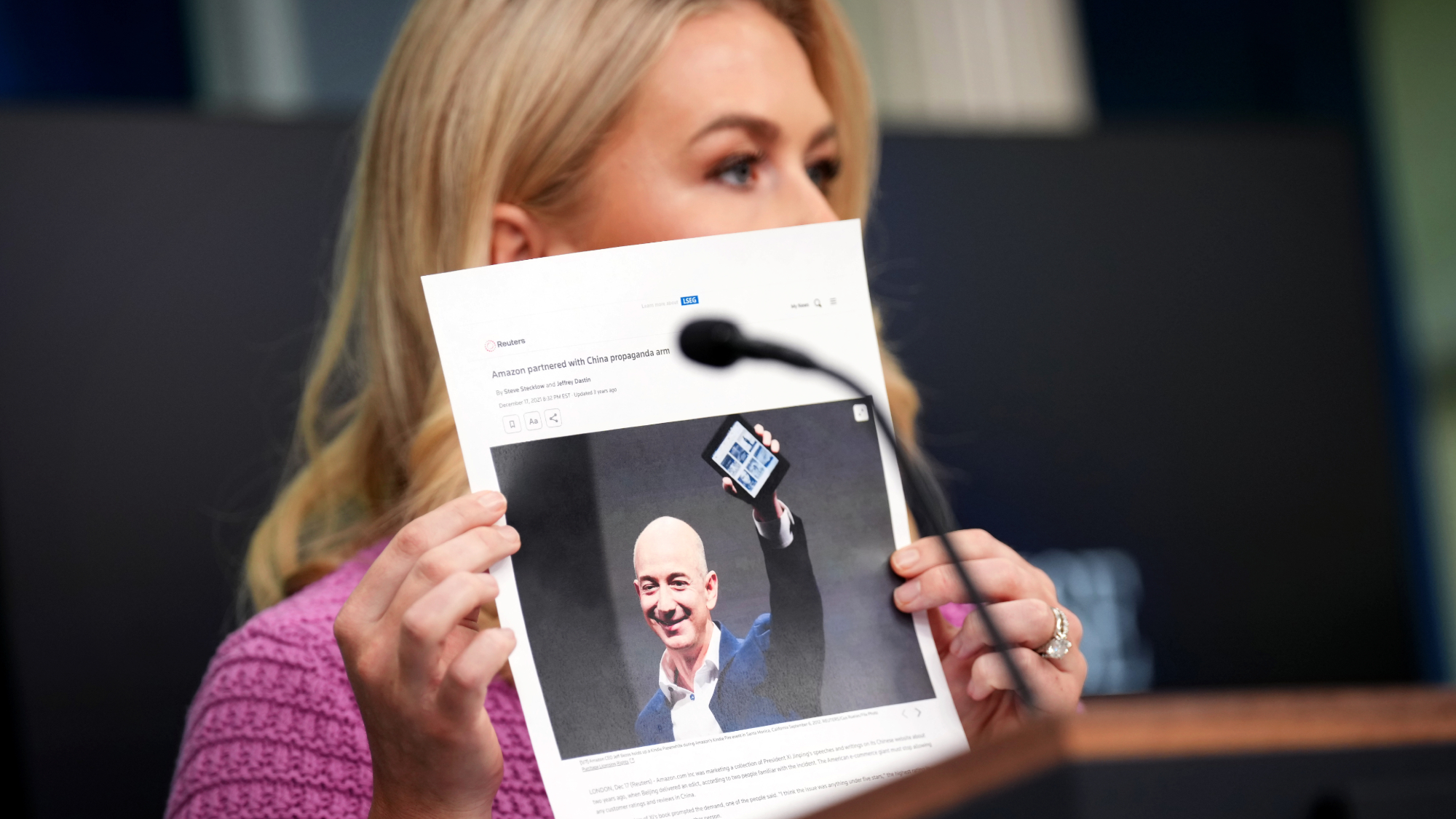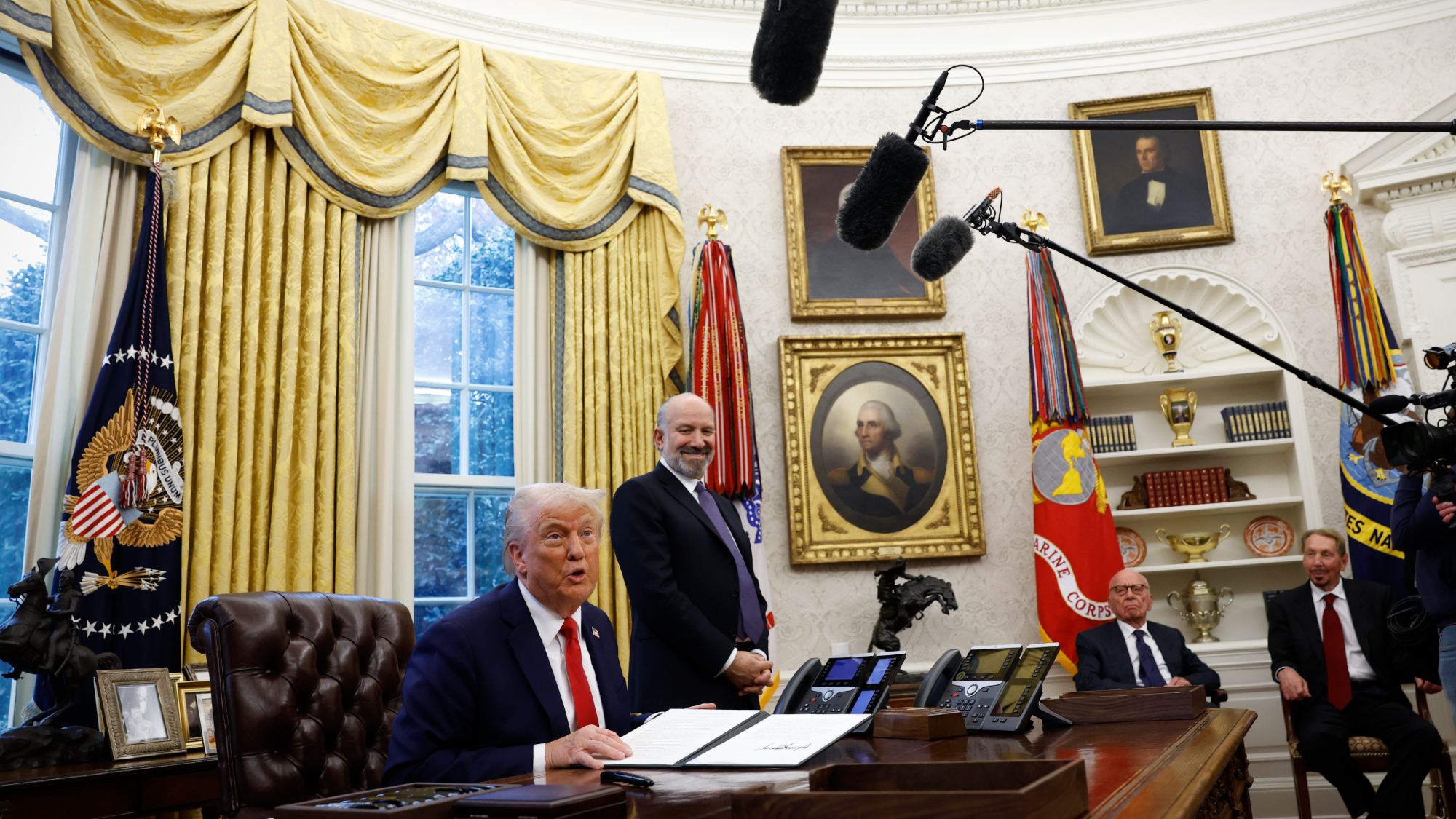CBO projects that ObamaCare will cost 20 percent less than expected


On Monday, the nonpartisan Congressional Budget Office released its latest update on the Affordable Care Act, or ObamaCare. The report is mostly good news for supporters of the law. Over the next 10 years, the law will cost the federal government 20 percent less than the last projections, the CBO said, and by the end of President Obama's second term, 24 million fewer Americans will lack health insurance, adding to the 12 million drop in the uninsured so far. That would leave only 8 percent of eligible Americans without insurance by the end of 2016.
Those projection assume that the law will remain essentially the same over the next decade, an expectation that could be upset by the Supreme Court, for instance. The CBO attributed the lower-than-expected costs to "many factors," but primarily "the slowdown in the growth of health care costs" and — to the chagrin of ObamaCare supporters — the Supreme Court–enabled decision by about half the states to forego a federally financed expansion of Medicaid. The projected costs could fall even lower this year, the report said, if premiums drop again, as seems probable.
Subscribe to The Week
Escape your echo chamber. Get the facts behind the news, plus analysis from multiple perspectives.

Sign up for The Week's Free Newsletters
From our morning news briefing to a weekly Good News Newsletter, get the best of The Week delivered directly to your inbox.
From our morning news briefing to a weekly Good News Newsletter, get the best of The Week delivered directly to your inbox.
Sign up for Today's Best Articles in your inbox
A free daily email with the biggest news stories of the day – and the best features from TheWeek.com
Peter has worked as a news and culture writer and editor at The Week since the site's launch in 2008. He covers politics, world affairs, religion and cultural currents. His journalism career began as a copy editor at a financial newswire and has included editorial positions at The New York Times Magazine, Facts on File, and Oregon State University.
-
 Interest rate cut: the winners and losers
Interest rate cut: the winners and losersThe Explainer The Bank of England's rate cut is not good news for everyone
-
 Quiz of The Week: 3 – 9 May
Quiz of The Week: 3 – 9 MayHave you been paying attention to The Week's news?
-
 The Week Unwrapped: Will robots benefit from a sense of touch?
The Week Unwrapped: Will robots benefit from a sense of touch?Podcast Plus, has Donald Trump given centrism a new lease of life? And was it wrong to release the deadly film Rust?
-
 Warren Buffet announces surprise retirement
Warren Buffet announces surprise retirementspeed read At the annual meeting of Berkshire Hathaway, the billionaire investor named Vice Chairman Greg Abel his replacement
-
 Trump calls Amazon's Bezos over tariff display
Trump calls Amazon's Bezos over tariff displaySpeed Read The president was not happy with reports that Amazon would list the added cost from tariffs alongside product prices
-
 Markets notch worst quarter in years as new tariffs loom
Markets notch worst quarter in years as new tariffs loomSpeed Read The S&P 500 is on track for its worst month since 2022 as investors brace for Trump's tariffs
-
 Tesla Cybertrucks recalled over dislodging panels
Tesla Cybertrucks recalled over dislodging panelsSpeed Read Almost every Cybertruck in the US has been recalled over a stainless steel panel that could fall off
-
 Crafting emporium Joann is going out of business
Crafting emporium Joann is going out of businessSpeed Read The 82-year-old fabric and crafts store will be closing all 800 of its stores
-
 Trump's China tariffs start after Canada, Mexico pauses
Trump's China tariffs start after Canada, Mexico pausesSpeed Read The president paused his tariffs on America's closest neighbors after speaking to their leaders, but his import tax on Chinese goods has taken effect
-
 Chinese AI chatbot's rise slams US tech stocks
Chinese AI chatbot's rise slams US tech stocksSpeed Read The sudden popularity of a new AI chatbot from Chinese startup DeepSeek has sent U.S. tech stocks tumbling
-
 US port strike averted with tentative labor deal
US port strike averted with tentative labor dealSpeed Read The strike could have shut down major ports from Texas to Maine